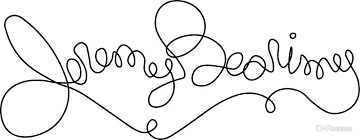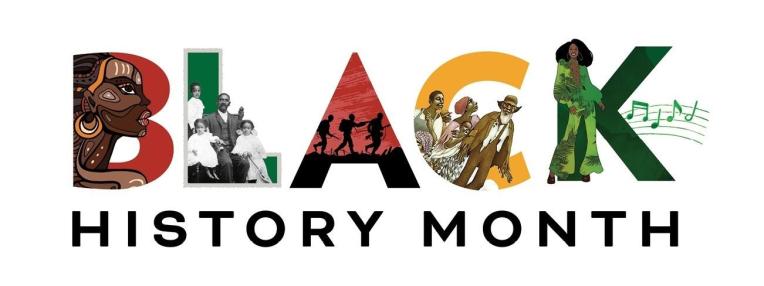TAB: Teaching Artistic Behaviors. I am on a journey now, into the TAB universe. The TAB classroom is choice-based. It personalizes learning and makes differentiation so much easier. Students take responsibility for their learning and self-assess their progress, and state and national standards still get addressed. Basically, students get to choose what they work on, according to your guidelines and with your careful facilitation.
I’m sure I’m going about it in the stupidest way possible, but let’s not forget that my path to success has always been a windy one (a Jeremy Bearimy, if you will).
So,
I provided my Art 2 with a short list of Black artists with interesting visual styles. I tried to curate it a little bit, not to censor or keep anyone off the list, but to give them a good starting point rather than a novel to sift through. However, the list consisted of only names. I didn’t include any sort of description of the person or what type of art they do so the students would have to discover that on their own, without skipping anyone for a pointless reason.
I tried to keep it varied, including painters, illustrators, graffiti artists, current artists, artists from other decades, well known, lesser-known, men, women, and other.
The list:
Faith Ringgold
Jacob Lawrence
Betye Saar
Jonathan Green
Radcliffe Bailey
Romare Bearden
Billy Graham
(the artist, not the preacher)
Kehinde Wiley
Margaret Taylor-Burroughs
Horace Pippin
Aaron Douglas
Alma Thomas
Corey Barksdale
Jerry Pinkney
Lina Iris Viktor
Jean Michele Basquiat
Ezi Wear
Xane Asiamah
Jordan Casteel
Jamea Richmond-Edwards
Ebony G. Patterson
The students can use a computer, tablet, or phone to Google the artists. The main requirement that they have on this project is to choose an artist that they like or whose style they’d like to be inspired by and go from there. The rest will play out in the same way as our last project, which was completely open-ended. The students could choose their medium, size, substrate (surface), and subject. Most limitations came from what we have available in the room. Otherwise, anything appropriate is allowed. This is Art 2 so they’ve already learned the basics of how to use the tools and how to clean up after themselves, so that’s why I’ve skipped some of the early instructional parts of TAB with them.
It’s all experimental from here. They are my guinea pigs and I am a mad scientist. All I really want is for them to become explorative and learn that they have no limits on learning. In the reality of only having tried this for the past 2 weeks with no formal training, I’ve received mixed results, basic artwork, and plenty of students not doing much of anything. The few students who were already good and interested in pushing themselves are going to thrive in this environment. I *have* seen many students who have never done anything at all in my room start working on their own art, and that is my goal for the rest of them. The process itself should create some self-motivation within these kids, but I’m seeing a lot of hesitation. I think it’s part laziness and part confusion. We’ll get there. I hope.

“The dot above the ‘i’ contains Tuesdays, July, and the point where ‘nothing never occurs.'”

